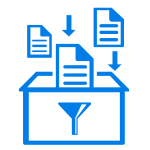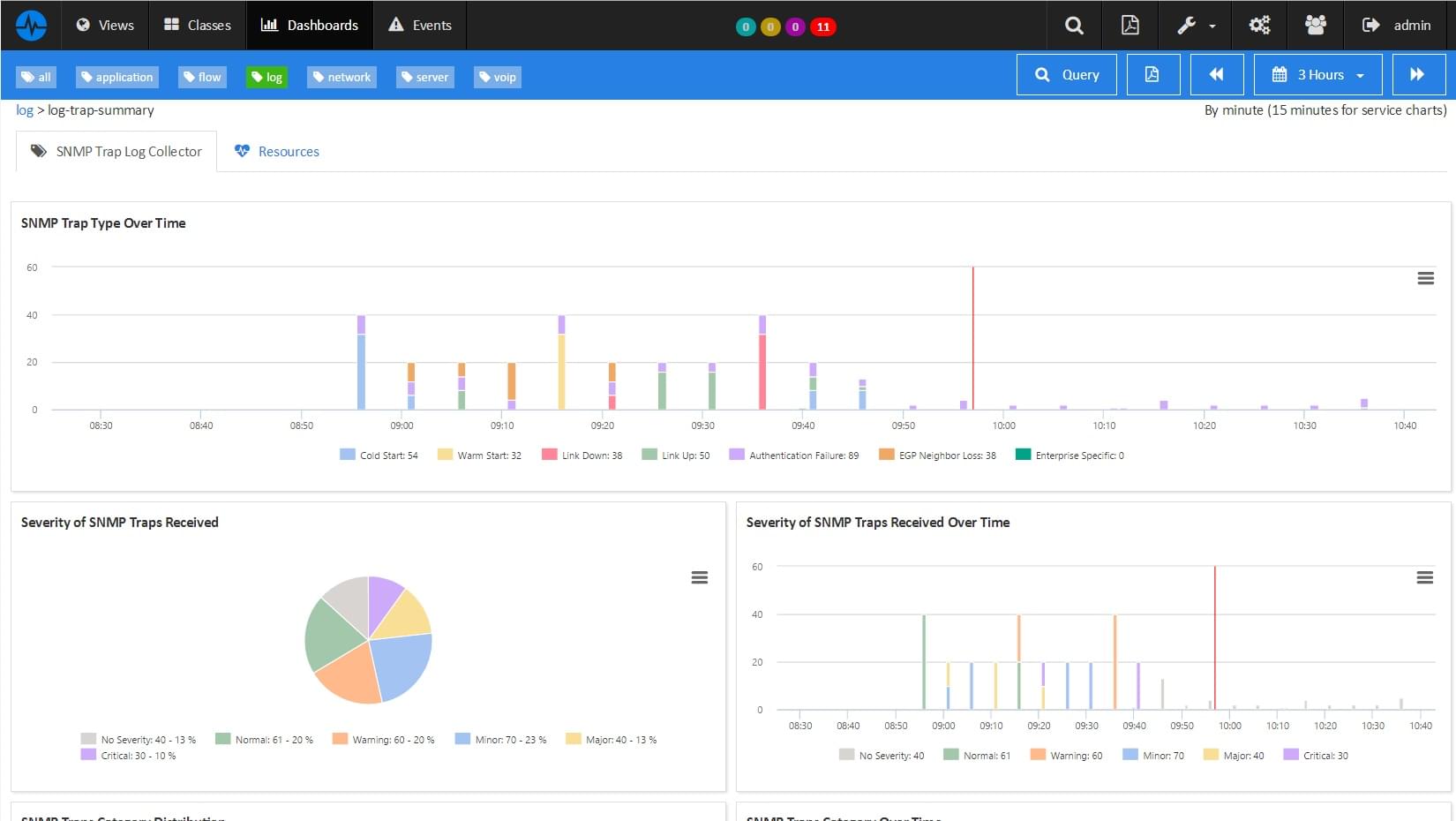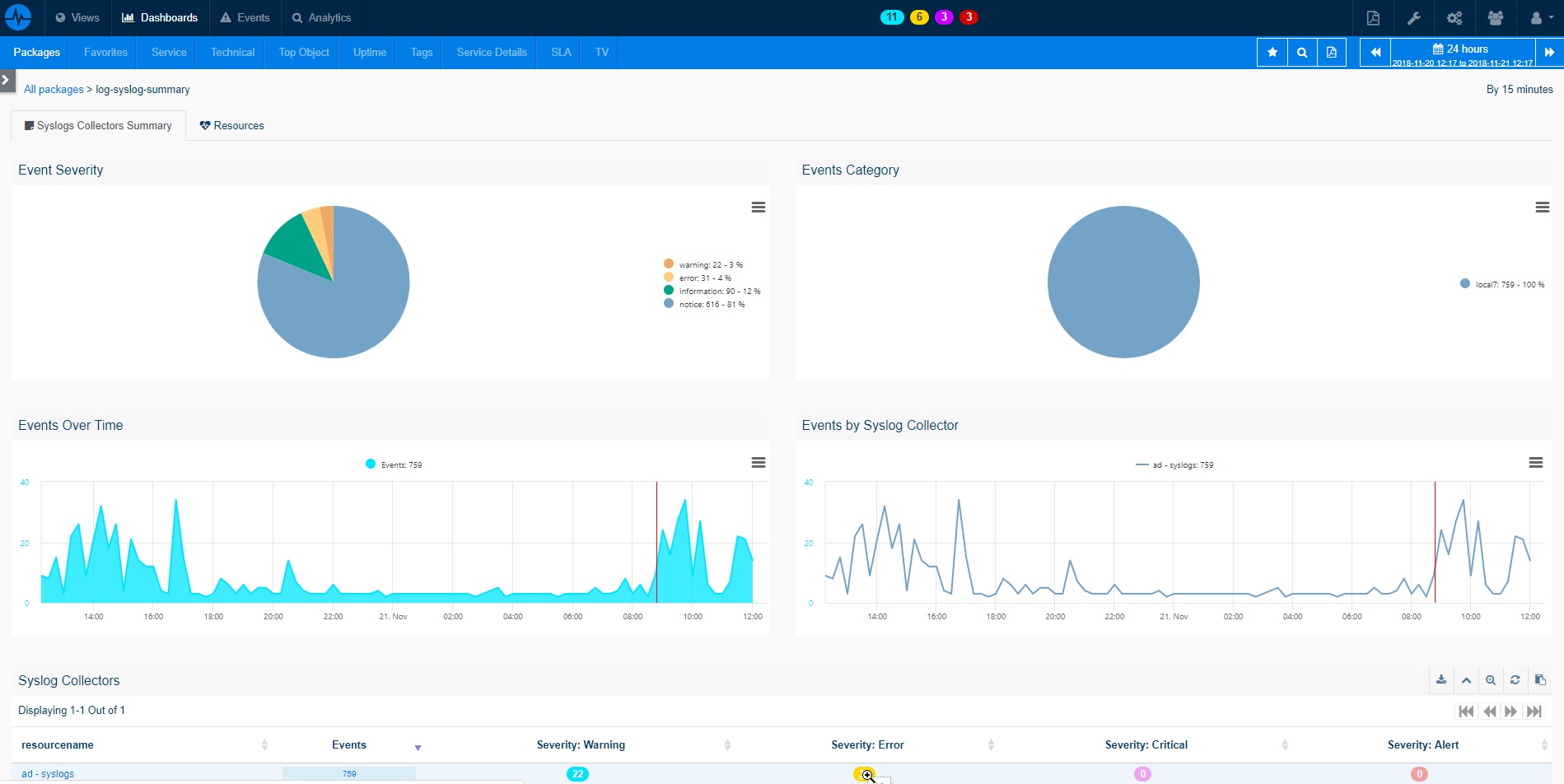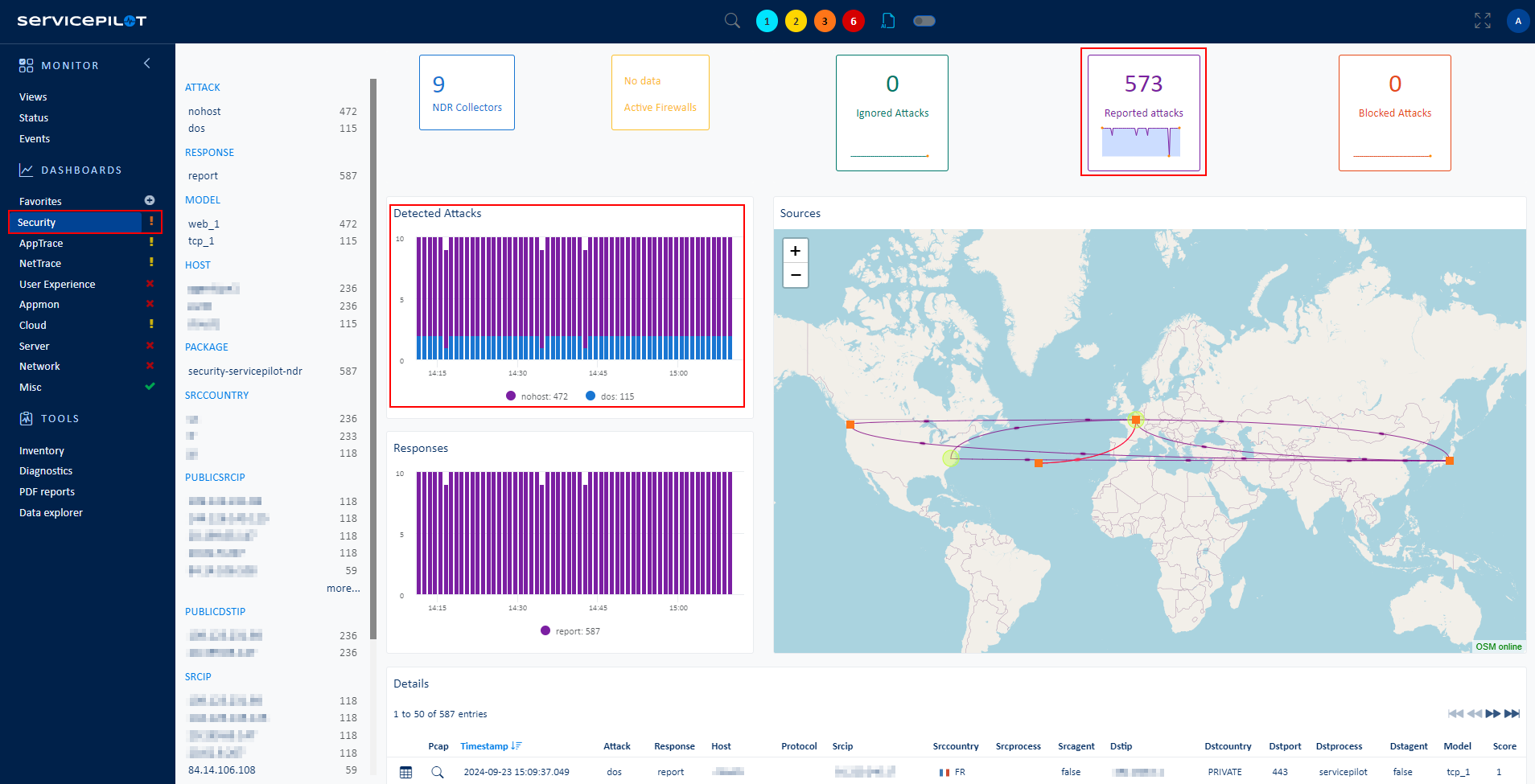What is a SNMP Trap Device Filter?
ServicePilot SNMP Trap Device Filter is a package that filters, categorizes and counts SNMP traps based on the IP addresses of the sending devices. By applying filters based on IP addresses, administrators can focus their attention on traps originating from critical or important devices within the network.
This filtering capability provides several benefits:
- Isolation of Relevant Traps: SNMP traps from specific devices or IP addresses can be isolated and analyzed separately. This allows administrators to prioritize their attention and resources towards important network devices or specific segments of the network that require closer monitoring.
- Troubleshooting and Problem Resolution: The SNMP Trap Device Filter helps in troubleshooting by capturing traps specifically from devices that are experiencing issues or generating critical events. By analyzing the traps from those devices, administrators can identify patterns, diagnose problems, and take prompt corrective actions to resolve network issues.
- Event Correlation: SNMP traps received from specific IP addresses can be correlated with other system events or logs. This correlation can provide a more comprehensive understanding of network events, enabling administrators to identify potential root causes or recurring issues.
- Performance Analysis: By focusing on traps from specific devices or IP addresses, administrators can gather performance-related data and metrics specific to those devices. This facilitates performance analysis, capacity planning, and optimization efforts for critical network elements.
The SNMP Trap Device Filter functionality offered by ServicePilot provides a streamlined approach to prioritize SNMP traps. It ensures that administrators can efficiently track, analyze, and respond to traps from selected devices or IP addresses, optimizing their network monitoring and specific troubleshooting processes.
How to monitor using a SNMP Device Trap Filter?
ServicePilot makes it easy to monitor using a SNMP Device Trap Filter with no additional configuration required on the target device. A resource of the log-trap-device-filter package can be added via the ServicePilot web interface. The ServicePilot Log Trap Device Filter package then counts and presents SNMP Traps received from individual IP addresses.
When SNMP Traps are received by the ServicePilot Agent and forwarded to the ServicePilot Manager, they can be categorized and counted. Each time an SNMP Trap is received it will count the severity of the trap and log the trap so that it may be found in dashboards.
How to install a trap-device-filter resource?
- Use your ServicePilot OnPremise installation or a SaaS account.
- Add a new trap-device-filter resource via the web interface (
/prmviewsor/prmresources) or via API (/prmpackagespage), the default ServicePilot agent or another agent will be provisioned automatically.
Details of the trap-device-filter package are located in the
/prmpackagespage of the software.
Benefits
ServicePilot enables you to deliver IT services faster and more securely with automated discovery and advanced monitoring features.
By correlating the technology TRAP DEVICE FILTER with APM and infrastructure monitoring, ServicePilot is able to provide a more comprehensive view of an organization's IT environment.
This allows IT teams to quickly identify and diagnose issues that may be impacting application performance, and take corrective action before end-users are affected.
Start with a free trial of our SaaS solution. Explore our plans or contact us to find what works best for you.




